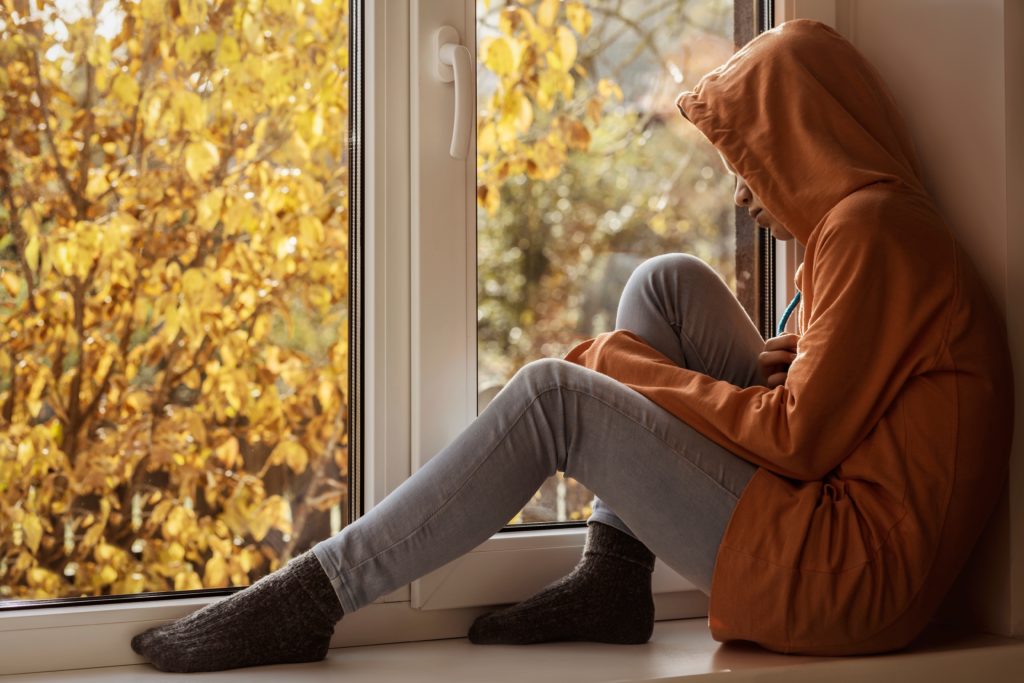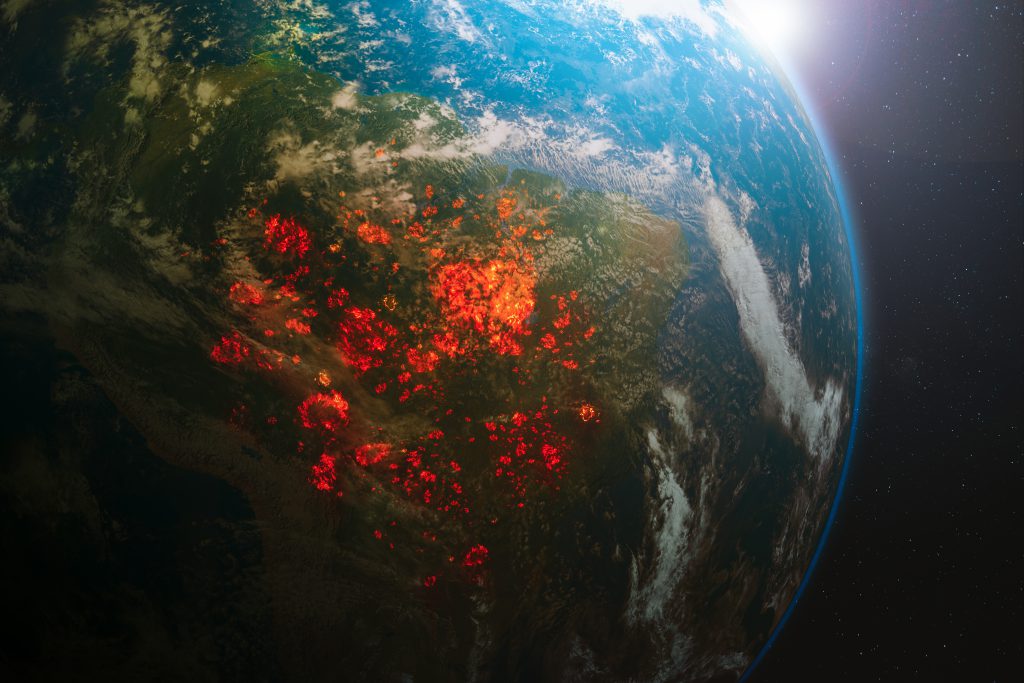In 2025, New Zealand recorded the highest child suicide rate of any wealthy country. Families across Aotearoa continue to lose young people despite years of public debate and attempts at reform. The problem is part of a wider mental health crisis: recent international surveys show New Zealand children and teenagers report some of the lowest levels of wellbeing.
Youth suicide statistics in New Zealand
Recent health rankings and statistics show how serious New Zealand’s child suicide crisis is. As of May 2025, the country ranks 32nd out of 36 Organisation for Economic Co-operation and Development countries for overall child wellbeing and last for child and youth mental health. Of particular concern is the country’s alarming suicide rate among young people aged 15–19, which is nearly three times higher than the average for high-income countries (UNICEF Office of Research – Innocenti, 2025).
Between 1 July 2023 and 30 June 2024, 617 suspected self-inflicted deaths were reported in New Zealand, equating to an age-standardised suicide rate of 11.2 per 100,000 people. In the 2023–24 financial year, 445 suspected self-inflicted deaths were attributed to males and 172 to females, with the male rate exhibiting no significant change from the 15-year average (Te Whatu Ora, 2024).
These numbers raise serious concerns about children’s rights, especially their right to life, survival, and development, and their right to health, as set out in the UN Convention on the Rights of the Child.
Which young people in New Zealand are most at risk of suicide?
Certain groups of young people in New Zealand are disproportionately affected by suicide. For instance, Māori youth experience suicide rates nearly twice as high as those of non-Māori: 16.3 versus 9.0 per 100,000 people in 2022–23 (Ministry of Health, 2025; Te Whatu Ora, 2024). Pacific youth (ages 15–24) have suicide rates around 1.5 times higher than Pacific adults (ages 25–44) (Ministry of Health, 2025).
Furthermore, rainbow (LGBTQ+) youth face particularly high rates of suicidal thoughts and attempts, with over half reporting depressive symptoms. Nearly one in two disabled young people also report suicidal ideation – outcomes closely tied to stigma, discrimination, and lack of appropriate support (Ministry of Health, 2025; Radio New Zealand, 2025a).
Youth involved with Oranga Tamariki are almost four times more likely to have attempted suicide in the past 12 months than their peers. Those already using mental health services are at an even higher risk, with suicide rates nearly 19 times higher than those not using such services (Ministry of Health, 2025). Suicide rates are also higher in rural areas, where isolation, stigma, and limited services make young people more vulnerable.
There are also clear differences between genders when it comes to suicide. Young males die by suicide at more than twice the rate of young females, while young females are more likely to attempt suicide more often than their male peers, reflecting global trends (Mental Health Foundation of New Zealand, 2023; Ministry of Health, 2025).
Causes of youth suicide and mental health struggles in New Zealand
In recent years, the mental health of young people aged 15–24 has worsened, with more reporting distress, anxiety, depression, and suicidal thoughts (Lillis, 2025; Te Hiringa Mahara, 2025). Bullying – both online and offline – is a major contributor. School-aged children in New Zealand report the second-highest rates of bullying internationally (Mana Mokopuna, 2025). Bullying and social exclusion often lead to suicidal thoughts. At the same time, many young people deal with broader pressures: academic expectations, financial stress, and poor job prospects, all of which further affect their mental wellbeing (Holman & Williams, 2020).

Money and living conditions also affect young people’s mental health. Youth living in deprived areas face higher levels of mental distress and are more likely to report suicidal thoughts, plans, and attempts than their peers in better-resourced communities (Mental Health Foundation of New Zealand, 2023). Poverty, unstable housing, and food insecurity put extra strain on mental health.
Underfunding of mental health services means many young people can’t get help when they need it (Ministry of Health and Wellbeing Commission, 2025; Radio New Zealand, 2025a). COVID-19 has left lasting effects, increasing loneliness and inequality. Unsafe online environments and the pressures of social media have further contributed to feelings of isolation among youth (Radio New Zealand, 2025a).
New Zealand’s suicide prevention policies and government action (2025)
In 2025, the New Zealand government introduced several key initiatives to improve mental health outcomes, including a significant funding boost for mental health services (Doocey, 2025a). It also launched the five-year Suicide Prevention Action Plan (2025–2029), which outlines 34 actions aimed at improving access to support services, building a strong workforce, promoting early intervention, and deepening understanding of suicide. The plan focuses on both preventing suicide and supporting people affected by it (Ministry of Health, 2025; Radio New Zealand, 2025b).
Advocates and the Mental Health and Wellbeing Commission say suicide prevention needs to be built into all areas of policy, with government agencies working more closely together (Ministry of Health and Wellbeing Commission, 2025).
Minister for Mental Health Matt Doocey praised the plan’s development: “I am particularly proud that this plan is grounded in lived experience. More than 400 people and organisations contributed to the consultation process, including many who have experienced distress themselves or lost someone to suicide. Their insights shaped these actions and helped ensure we are targeting the right areas.” (Doocey, 2025b).
Despite such acclaim, critics of the initiative – notably the Chief Children’s Commissioner and the Mental Health and Wellbeing Commission – warn that resources are not reaching frontline services quickly or equitably, especially in communities with the greatest need (Ministry of Health and Wellbeing Commission, 2025; Radio New Zealand, 2025a).
Community solutions to prevent youth suicide in New Zealand
Cutting youth suicide will take more than government action. It will also depend on wider social change and strong community support. Youth, whānau (extended family and close community), and service providers consistently stress the need to include lived experience and cultural identity in all forms of support. Peer support, school and community services, and online help can make young people feel less ashamed and more supported (Ministry of Health and Wellbeing Commission, 2025; Radio New Zealand, 2025a).
While discussing coping strategies, young people often highlight the value of peer support, safe spaces, and programmes that foster belonging. They call for national campaigns to normalise conversations about mental health and suicide and advocate for better access to youth-targeted counselling, more inclusive environments, and action on broader issues such as poverty, violence, and cultural marginalisation (Holman & Williams, 2020).
Helpful approaches include whānau- and community-run programmes that build on cultural identity, especially for Māori and Pacific families, and long-term school programmes that help young people feel healthier and more supported. Sustaining these efforts requires cross-sector collaboration involving the government, communities, schools, iwi (a social unit in Māori society), researchers, and families.
How to provide better support for young people’s mental health
Fairness and responsibility are indispensable when it comes to preventing suicide. Regular public reporting and independent oversight can drive necessary improvements and build public trust.
Importantly, clear reporting and close tracking can make sure funding and support are directed where they’re most needed – especially for Māori, Pacific, LGBTQ+, disabled, and care-experienced youth – such that every young person has access to the support needed in order to thrive. Embedding prevention efforts across schools, social services, health agencies, families, and the government reinforces both accountability and equitable access to life-saving care (Ministry of Health, 2025; Radio New Zealand, 2025a).
Experts say small, one-off measures won’t fix the problem. Effective suicide prevention strategies must be comprehensive. They should include investing in prevention; tackling social determinants such as poverty, housing quality, and access to food; implementing school-based anti-bullying initiatives and resilience education; and improving suicide data collection through timely, high-quality, disaggregated statistics (Mana Mokopuna, 2025; Radio New Zealand, 2025a).
Key recommendations from experts and advocates include the following:
- Equitably funding community-led youth mental health services, particularly for Māori, LGBTQ+, and other marginalised groups, to prevent the closure of vital small-scale programmes
- Collecting and publishing high-quality data on child mortality to guide targeted interventions (Radio New Zealand, 2025a)
- Embedding suicide prevention across all policies and sectors – from education and digital safety to social services and child protection
- Promoting early intervention and resilience-building strategies, including safe digital spaces, inclusive education, strong social networks, and youth participation in decision-making (Ministry of Health and Wellbeing Commission, 2025)
- Addressing both clinical and social causes of poor mental health, such as poverty, housing insecurity, food access, bullying, and family-related stress
- Supporting whānau with safe housing, food security, and accessible, youth-centred mental health care.

Preventing youth suicide has to start early, by addressing the root causes and making sure support is local, well-funded, and respectful of culture. At Humanium, an international NGO dedicated to promoting and protecting children’s rights worldwide, we support suicide prevention efforts by fostering resilience, promoting digital safety, celebrating diverse identities, and amplifying youth voices in decision-making. Through this crucial work, we aim to ensure that every child enjoys their right to life and wellbeing. You can support us by volunteering, sponsoring a child, or donating.
Written by Or Salama
References:
Doocey, M. (2025a, May 22). Budget 2025: Mental distress 111 calls to get a mental health response. Retrieved from National at https://www.national.org.nz/news/20250522-mental-distress-111-calls-to-get-a-mental-health-response, accessed on September 27, 2025.
Doocey, M. (2025b, June 17). Targeted action on suicide prevention [Press release]. Retrieved from the New Zealand Government at https://www.beehive.govt.nz/release/targeted-action-suicide-prevention, accessed on August 28, 2025.
Holman, M. S., & Williams, M. N. (2020). Young New Zealanders’ beliefs about youth suicide and how it can be prevented. Retrieved from New Zealand Journal of Psychology at https://www.psychology.org.nz/application/files/7615/9538/4266/Holman_and_Williams_22-28.pdf, accessed on August 28, 2025.
Lillis, S. (2025, June 18). Trends in psychological distress: analysis of NZ health survey data (2011–2023). Retrieved from CSIRO Publishing at https://www.publish.csiro.au/hc/pdf/HC25057, accessed on September 27, 2025.
Mana Mokopuna. (2025, May 14). New Zealand ranked 32nd out of 36 countries for child wellbeing is unacceptable. Retrieved from Mana Mokopuna at https://www.manamokopuna.org.nz/publications/media-releases/new-zealand-ranked-32nd-out-of-36-countries-for-child-wellbeing-is-unacceptable/, accessed on August 28, 2025.
Mental Health Foundation of New Zealand. (2023, June). Statistics on suicide in New Zealand. Retrieved from the Mental Health Foundation of New Zealand at https://mentalhealth.org.nz/suicide-prevention/statistics-on-suicide-in-new-zealand, accessed on August 28, 2025.
Ministry of Health. (2025, June 17). Suicide Prevention Action Plan 2025–2029. Retrieved from the New Zealand Government at https://www.health.govt.nz/publications/suicide-prevention-action-plan-2025-2029, accessed on August 28, 2025.
Ministry of Health and Wellbeing Commission. (2025, May 20). New Unicef report ranks Aotearoa New Zealand low for child and youth mental health and wellbeing. Retrieved from the Ministry of Health and Wellbeing Commission at https://www.mhwc.govt.nz/news-and-resources/unicef-report-low-ranking-for-nz-child-and-youth-mental-health-and-wellbeing/, accessed on August 28, 2025.
Radio New Zealand. (2025a, May 15). New Zealand has highest child suicide rate, a survey of wealthy countries shows. Retrieved from Radio New Zealand at https://www.rnz.co.nz/news/national/561037/new-zealand-has-highest-child-suicide-rate-a-survey-of-wealthy-countries-shows, accessed on August 28, 2025.
Radio New Zealand. (2025b, June 18). The new Suicide Prevention Action Plan – What you need to know. Retrieved from Radio New Zealand at https://www.rnz.co.nz/news/national/564510/the-new-suicide-prevention-action-plan-what-you-need-to-know, accessed on August 28, 2025.
Te Hiringa Mahara. (2025, July). Key mental health and addiction findings: NZ Health Survey 2023/24. Retrieved from Te Hiringa Mahara at https://www.mhwc.govt.nz/assets/Reports/Health-Survey-23-24/Health-Survey-2023-24-key-findings-August-2025.pdf, accessed on September 27, 2025.
Te Whatu Ora. (2024, October 30). Suicide data web tool. Retrieved from Te Whatu Ora at https://www.tewhatuora.govt.nz/for-health-professionals/data-and-statistics/suicide/data-web-tool, accessed on August 28, 2025.
UNICEF Office of Research – Innocenti. (2025). Innocenti Report Card 19: Child Well-being in an Unpredictable World. Retrieved from UNICEF at https://www.unicef.org/innocenti/media/11111/file/UNICEF-Innocenti-Report-Card-19-Child-Wellbeing-Unpredictable-World-2025.pdf, accessed on August 28, 2025.


